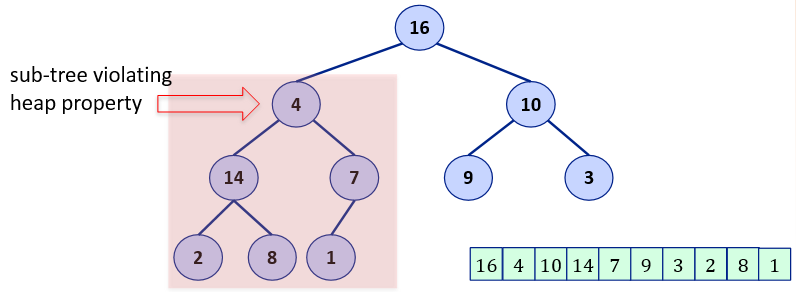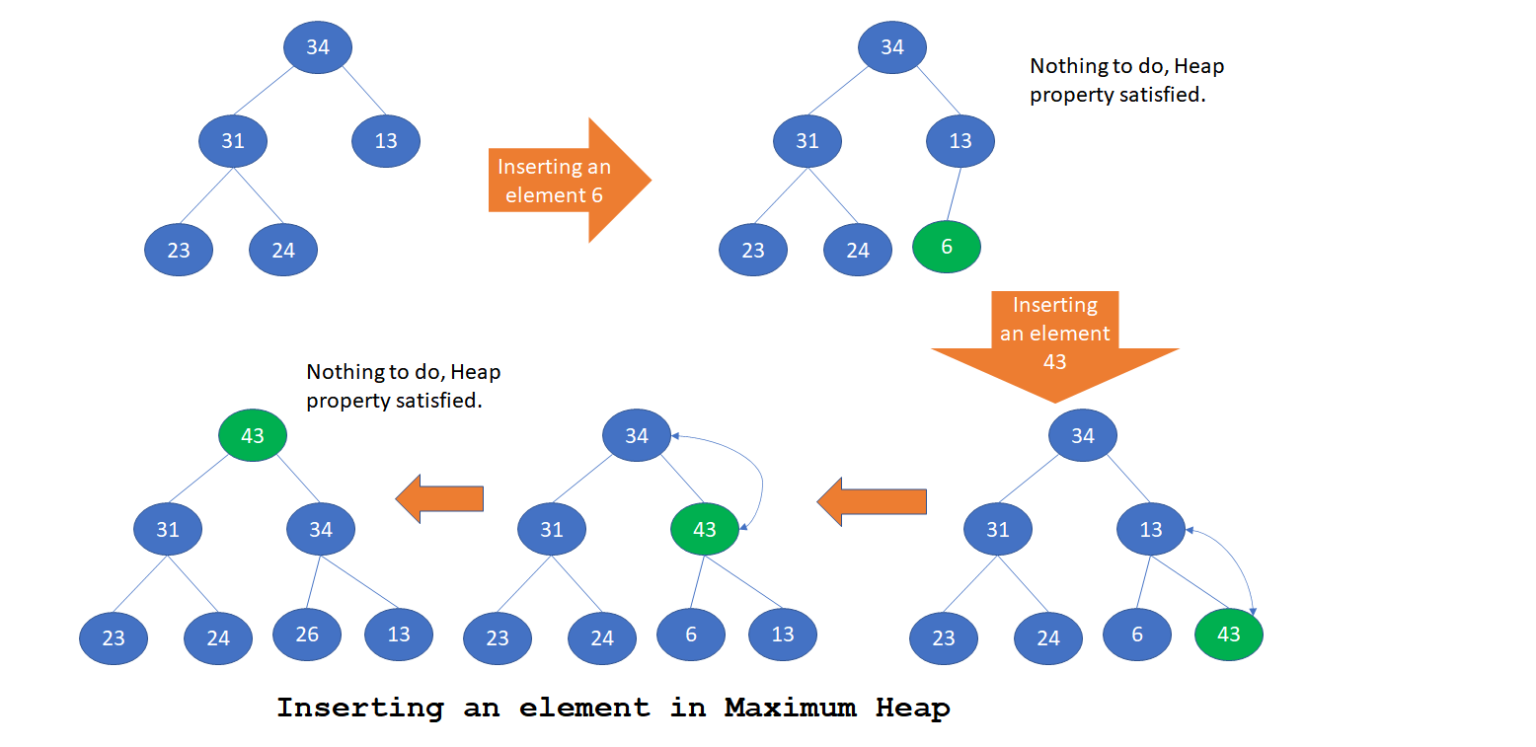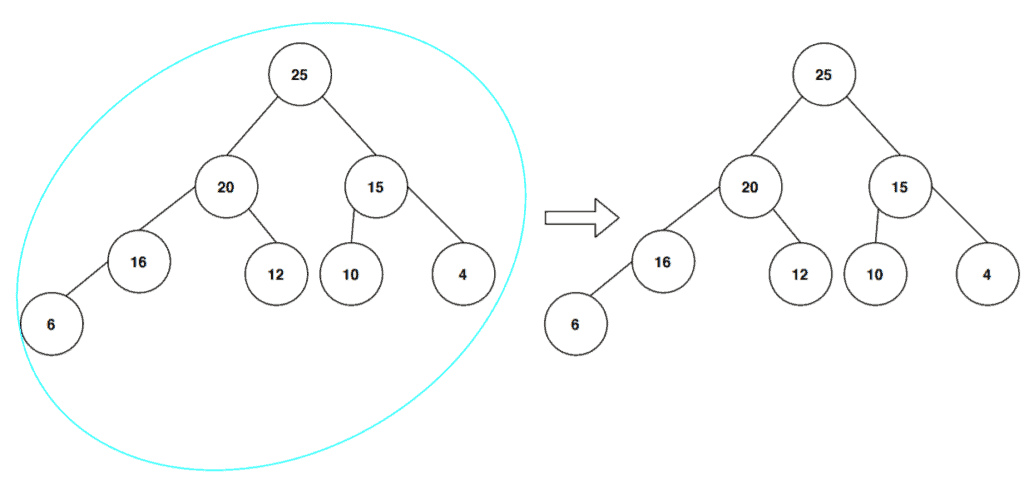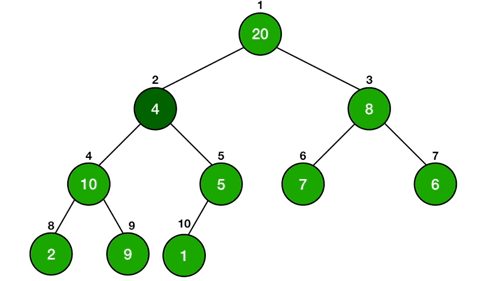Heapify Into A Max Heap Calculator. Heap-maximum(A) Description: Return just the value of the maximum element of the max-heap A. Approach: The maximum element is the root of the max. A very common operation on a heap is heapify, which rearranges a heap in order to maintain its property. To insert into a max-heap, you do the following: Add the new item to the end of the heap. Given an array representation of min Heap, convert it to max Heap. In this tutorial, we'll discuss a variant of the heapify operation: max-heapify.

Heapify Into A Max Heap Calculator. Use the textfield to type in a number and add it by either pressing ENTER or by clicking on the "Add" button. The minimum value element is at the root. Approach: The maximum element is the root of the max. Through this shot, the word "heap" will always refer to min. As you do so, make sure you explain: How you visualize the array as a tree (look at the Parent and Child routines). Move the item up the heap to its proper position. Heapify Into A Max Heap Calculator.
Heap can be of two types: Min heap: The element of each node is greater than or equal to the element at its parent.
Heap-maximum(A) Description: Return just the value of the maximum element of the max-heap A.
Heapify Into A Max Heap Calculator. Since heapify uses recursion, it can be difficult to grasp. The Max-Heapify procedure and why it is O(log(n)) time. The minimum value element is at the root. The "Sort" button starts to sort the keys with the selected algorithm. Create (A) – O ( N log N) Create (A) – O ( N) Insert (v) ExtractMax () UpdateKey (i, newv) Delete (i) > Binary Tree. In Java, a max heap can be implemented using the PriorityQueue class from java.util package.
Heapify Into A Max Heap Calculator.











